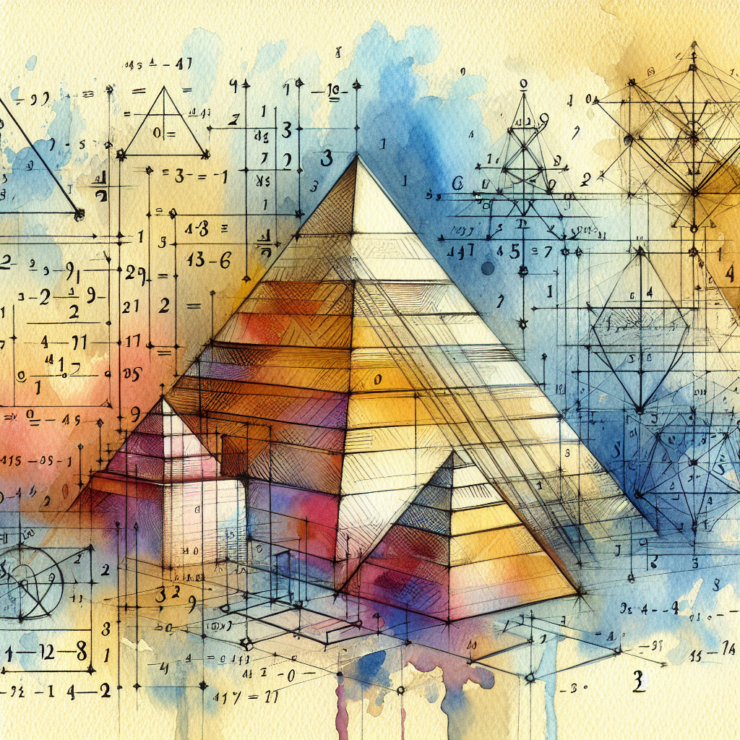How did ancient Egyptians achieve such precision in building the pyramids? It’s a question that has intrigued historians and architects for centuries. When we delve into the construction of these monumental structures, we uncover a fascinating blend of ingenuity and mathematical precision that seems way ahead of its time.
The Great Pyramid of Giza, one of the Seven Wonders of the Ancient World((https://education.nationalgeographic.org/resource/seven-wonders-ancient-world/ )), is a perfect example to showcase this mathematical prowess. Historians believe that the pyramid was constructed around 2550 BC for the Pharaoh Khufu and has astounded scholars by its precision and alignment1. Although the base of the pyramid is not quite a square2, its sides are closely aligned to the four cardinal points of the compass3.
One method that might have been used in achieving such precise alignments involves using the stars. It is believed that the ancient Egyptians used the North Star, which, due to the precession of the equinoxes, was not Polaris at the time but another star in the sector of the Little Dipper. By aligning their constructions with celestial bodies, Egyptians were able to achieve a remarkable level of precision4.
Furthermore, the ratio of the perimeter of the base to the pyramid’s height is thought to approximate pi (π), which suggests a sophisticated understanding of geometry. This has led some to speculate that the pyramid’s architects might have had a grasp of circular geometry and the concept of π, long before it was officially recognized by later civilizations5.
Yet, despite these insights, much about the pyramids’ construction remains a mystery. The tools and techniques used by the builders, the organization of labor, and how such accuracy was achieved without the compass or wheel continue to baffle modern-day scholars.
While we may not understand everything about the construction of the ancient pyramids, their existence is a testament to the ingenuity of the human spirit. These structures not only reflect the architectural and mathematical capabilities of the Ancient Egyptians but also their relentless pursuit of excellence and dedication to their pharaohs and gods. As we study these ancient wonders, let them remind us that with ambition, organization, and the application of knowledge, humanity can achieve the extraordinary.
- https://www.nationalgeographic.com/history/article/giza-pyramids [↩]
- https://www.archaeology.wiki/blog/2016/06/23/base-great-pyramid-giza-quite-square/ [↩]
- https://www.livescience.com/61799-great-pyramid-near-perfect-alignment.html [↩]
- http://www.egyptian-architecture.com/JAEA2/JAEA2_Dash [↩]
- https://sites.math.washington.edu/~greenber/PiPyr.html [↩]




































Add comment